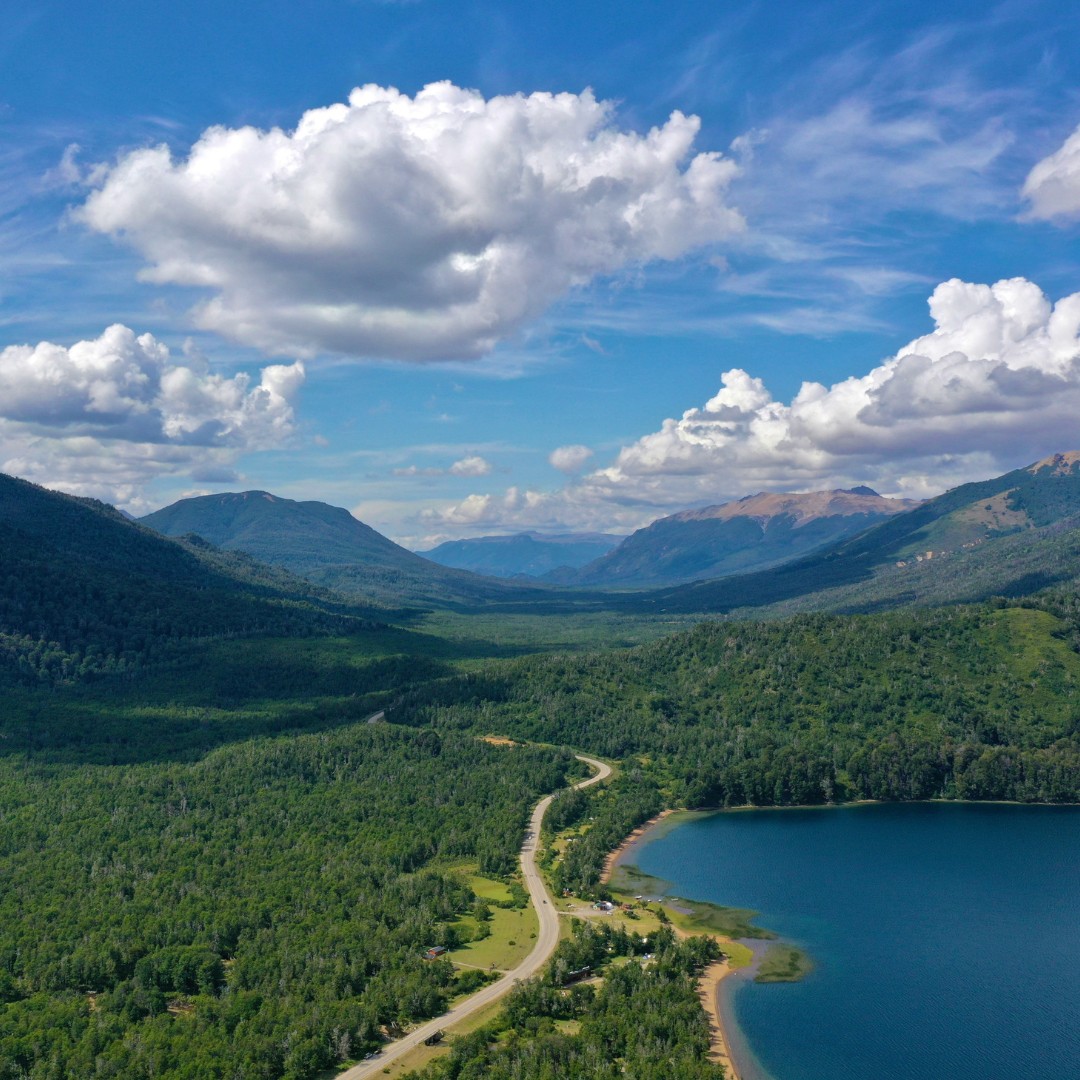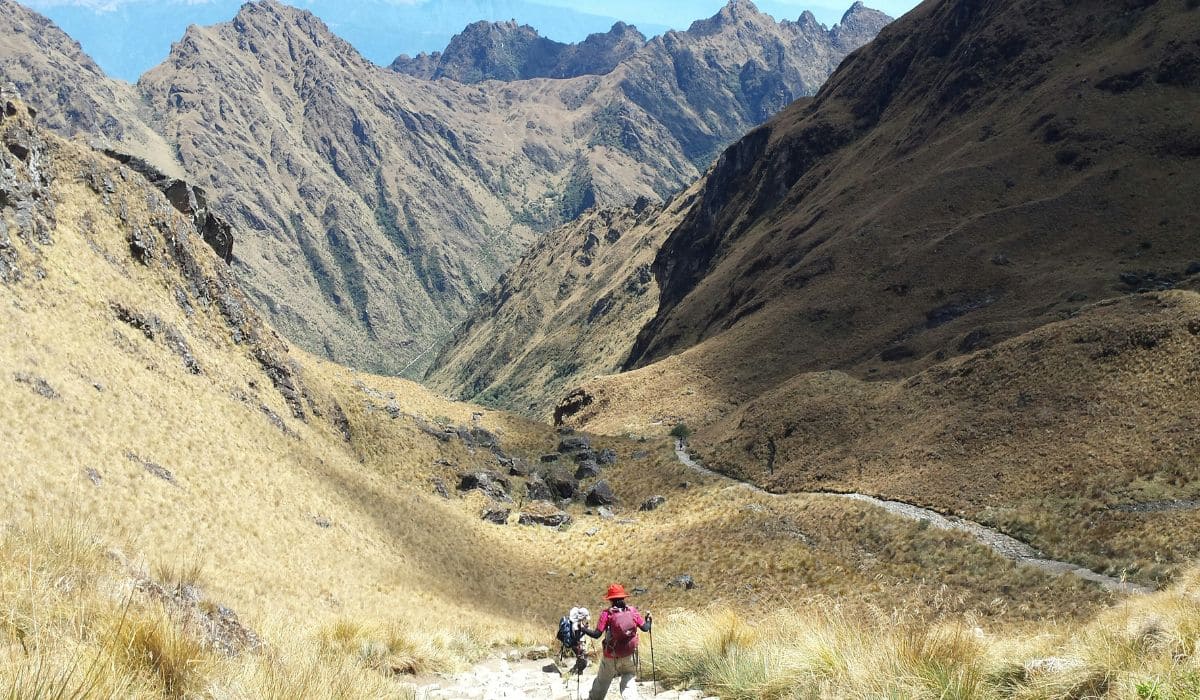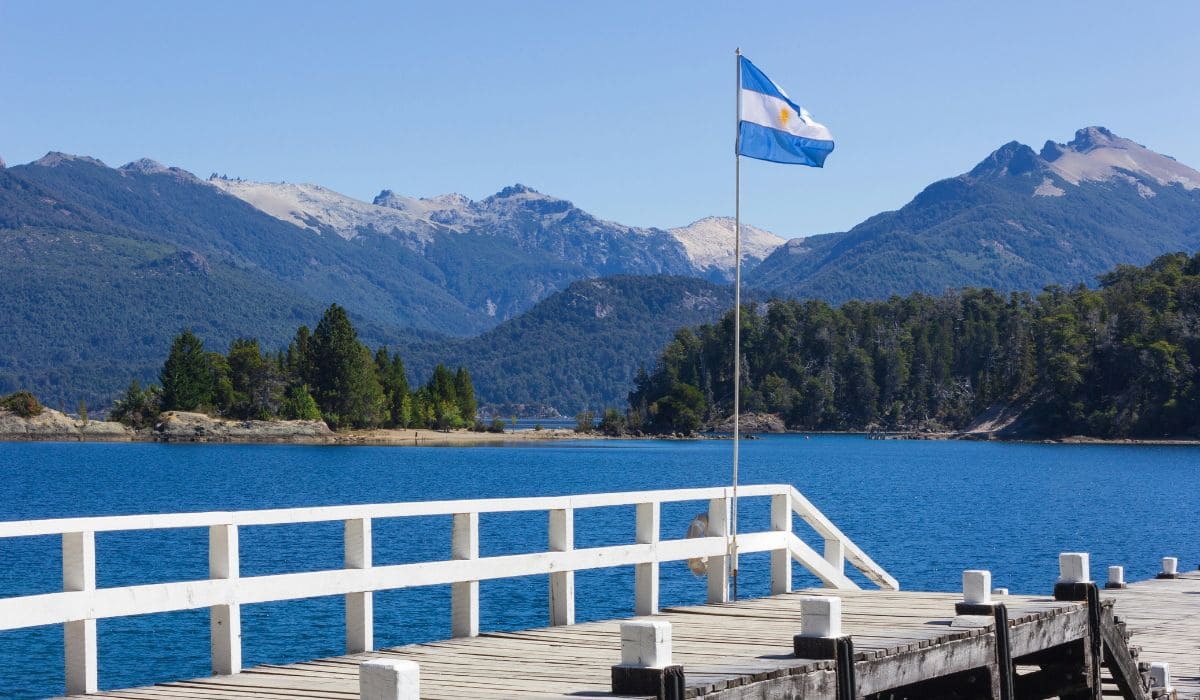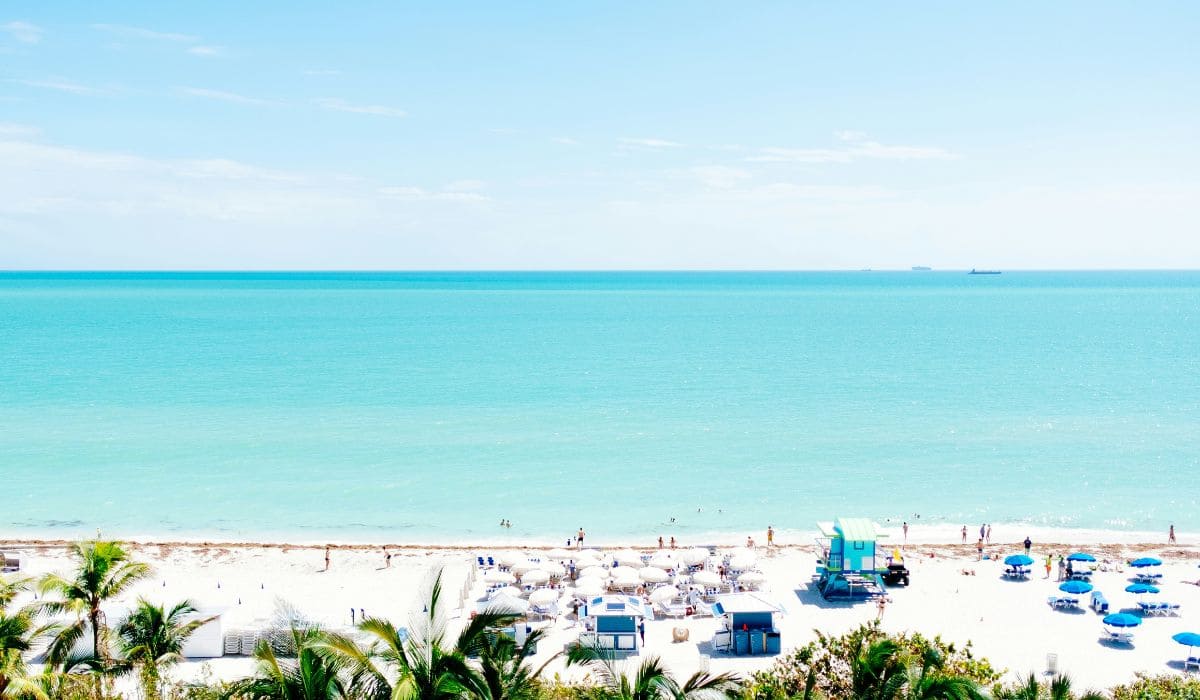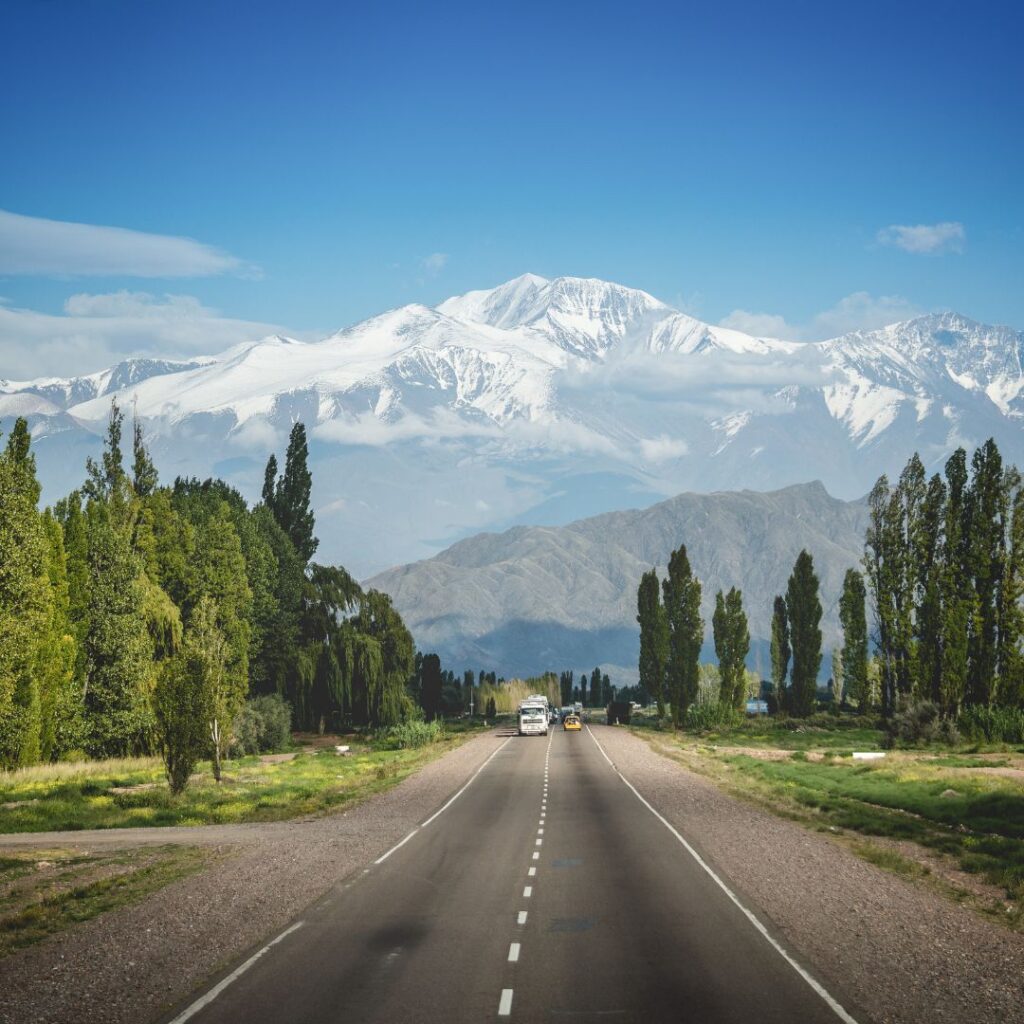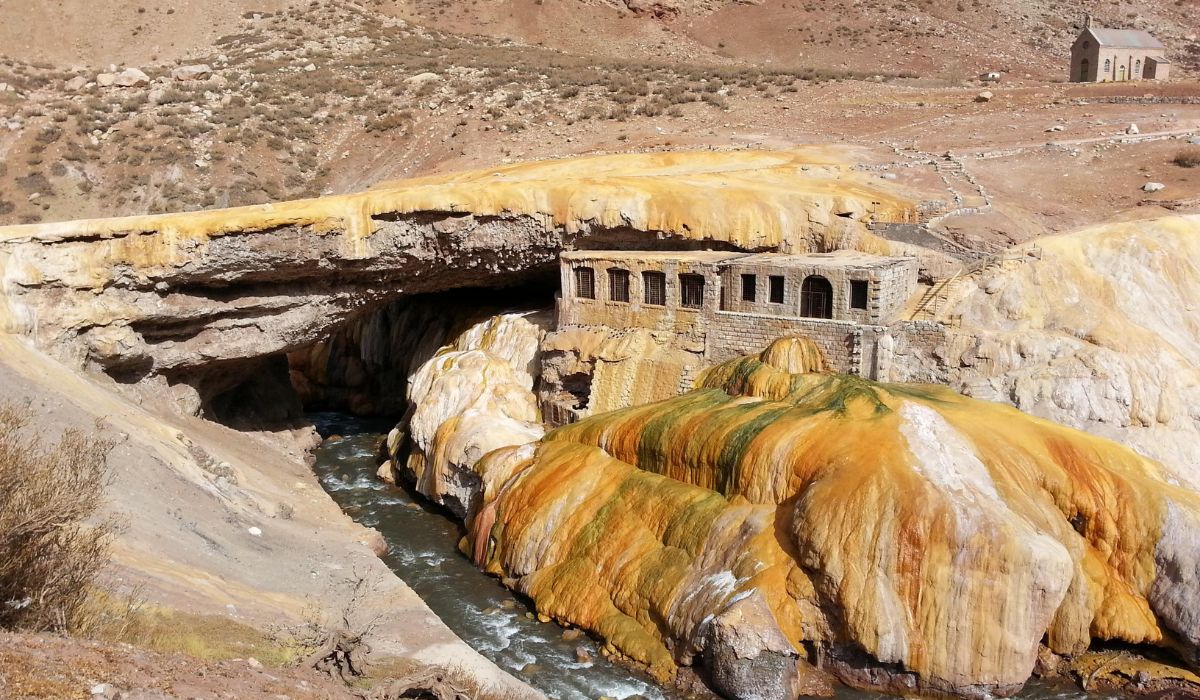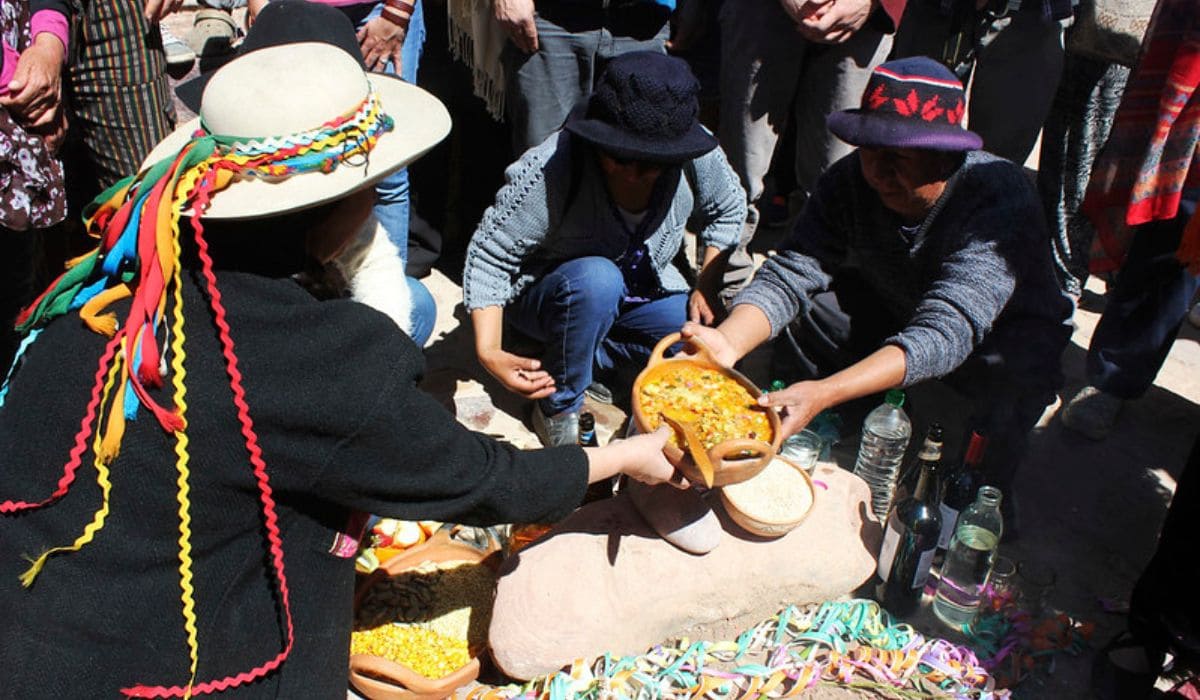The 7 Lakes Route is magical all year round. Dare to connect Bariloche with San Martín de los Andes through one of the most beautiful roads in Argentina.
Sometimes, driving along the roads of Argentina becomes an unforgettable experience. You never know when you’ll come across dazzling scenery. In Patagonia there is a road that only seems to connect two cities, but it turns out to be much more. You’ll get in the car and drive through mountains, lakes and forests. The Route of the 7 Lakes awaits you, a section of the mythical National Route 40.
The best way to do the Seven Lakes is leaving from Bariloche or San Martín de los Andes. In both cities you can rent a car with Rentennials and begin your journey along this beautiful road. With your time, in your own way and without rushing.
In this article we leave you the best tips to explore at your own pace and embark on the adventure.

Panoramic of the Route of the 7 Lakes
What is the Route of the 7 Lakes
The cities of Bariloche and San Martín de los Andes are connected by the mythical National Route 40. It is 190 kms, but it is only in Villa La Angostura where the Route of the Seven Lakes begins, the famous 110 km section that passes through places that will remain engraved in your memory.
The tour can be done in one day, but it is best to stop little by little, contemplating and enjoying the landscape. There are seven lakes: Correntoso, Espejo, Escondido, Villarino, Falkner, Machónico and Lácar. In addition, there are some alternative paths that go to other places.
There are trails to walk, campsites to get in touch with nature and wake up on the shores of a lake, treks to climb a hill, beaches to rest, and much more.
How to do the Route of the 7 Lakes
The first thing is to rent a car in Bariloche or San Martín de los Andes. If it is in the city of Rio Negro, you can spend a few days to see the must-see places near Bariloche and then begin the adventure.
There are several ways to explore this section of Route 40 in depth:
1- Go and return in the day from Bariloche or San Martín de los Andes. Although sometimes there is no time, we recommend that you take this route calmly and slowly. Each place is incredible and it is worth going slowly.
2- Drive to Villa la Angostura and stay a few days. There, you can make a base to go and return to the lakes. This way, you will spend more time in each place.
3- Make a base in San Martín de los Andes, and get to know each point from this city.
4- The best option is to leave from Villa La Angostura and stop at some strategic points. If you are one of those who like camping, there are several options to put up the tent. In addition, along the way there are cabins and inns.
Here is the map with the route of the Route of the Seven Lakes
MAPA EMBEBIDO
Places to visit on the Route of the 7 Lakes
There are many places to stop and enjoy along the way. Below we leave you all the information with the best stops on the Route of the Seven Lakes leaving from Bariloche.
Villa La Angostura
This town in Patagonia is one of the favorite places to base yourself and tour the 7 Lakes circuit. It is worth staying a few days because it is a place that is full of beauty and tranquility. In addition, it has a great offer of cabins, hotels and restaurants.
The Villa is on the shores of Lake Nahuel Huapi, between the Inacayal, Bayo and Belvedere hills, which makes its surroundings beautiful. In the winter, the Bayo hill has a ski slope for snow sports. During the summer, there are some circuits to tour, such as the Bayo hill circuit and the Bonito River waterfall.
In Villa La Angosturra is the pedestrian entrance to the Los Arrayanes National Park. It is a 12 km trail that takes you to the southern end of the Park where the arrayanes forest is present everywhere. The trail is done on foot or by bike previously rented in the town. To get your ticket to the Park, go to this link.

Villa La Angostura
Correntoso Lake and River
Coming from the south, this is the first lake on the circuit. It is one of the largest lakes, with beaches and bays. There is an old wooden bridge where you can see the Correntoso River, one of the shortest in the world. There are campsites in the area to spend the night.
Espejo Lake
Continuing a few kilometers along RN 40, a gravel road leads to this lake. It is an ideal place to spend time, with a picnic area and beautiful beaches.
Further on, you will find Bahía del Guardaparque. This is a bay with cauquenes, teros and a different landscape.
From here, a small path leads to one of the beaches of Lake Correntoso.
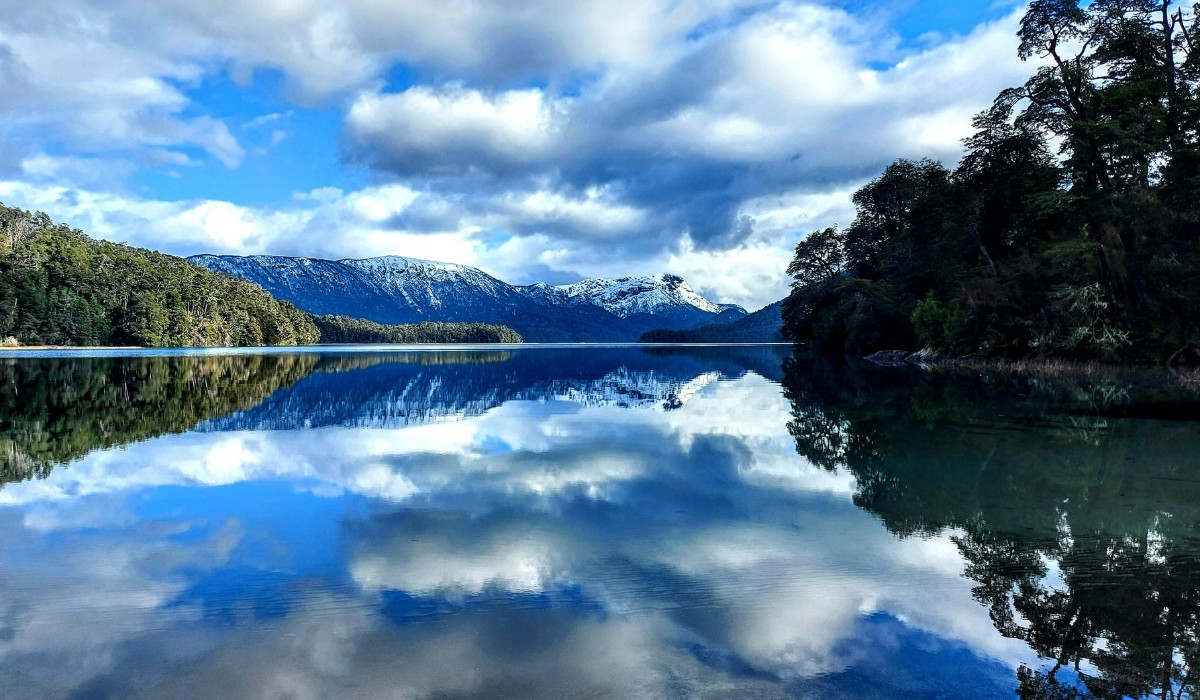
Mirror Lake
Lago Espejo Chico
Although it is not part of the Seven Lakes Route, it is easily accessed. Once you have passed Lake Correntoso, there is a 2 km gravel road to get there. There is a campsite to spend the night.
Villa Traful and its lake
By detouring a few kilometers along Provincial Route 65, you will reach this mountain village located within the Nahuel Huapi National Park. On the shores of Lake Traful, the town transmits peace and nature. If you want to rest, or choose a place to base yourself, this is your place. To find accommodation, go to this link.
There are trails of different levels of difficulty to reach waterfalls, hills and virgin forests. The recommended ones are the trail to the Coa Co and Arroyo Blanco waterfalls, and the trail to Cerro Negro. It is important that you register with the Park Ranger before setting off on the hike. In general, these are self-guided trails, although there are some where you need to be accompanied by a guide.
In addition, horseback riding and water sports are offered in the area on the lake, including the incredible diving in the submerged forest.

Lake Traful
Lago Escondido and Cascada Ñivinco
Continuing north on RN 40, you will find this lake. There is a viewing point to contemplate this beautiful body of water. A little further on, you will reach Pichi Traful, one of the arms of Lake Traful. Taking a small detour, there is a campsite without services.
A little further north, you will find one of the must-sees on the Seven Lakes Route: the Ñivinco waterfall, one of the most beautiful in Patagonia. You have to walk along a short trail of medium difficulty to reach the waterfall.
Villarino Lake and Falkner Lake
These two lakes are located just one kilometer from each other. Villarino Lake has a free camping area and the Villarina Inn.
At Falkner Lake, the beaches are ideal for resting and enjoying the water. There is a campsite with services for spending a few nights in nature. In addition, from here there is a difficult trail to Falkner Hill. It takes between 4 and 5 hours, so you have to be well equipped. Before going up, you must register for the trek.
Hermoso Lake and Machónico Lake
Huapi National Park and the beginning of Lanín National Park. Hermoso Lake is accessed by a small gravel road. It is ideal for spending the night. There is a campsite and, further on, the Hermoso Eco Lodge.
Continuing along Route 40, there is Machónico Lake, which can only be enjoyed from the viewpoint. Further on, at the crossroads with the Hermoso River, there is a wide range of accommodation.
Villa and Maliquina Lake
Towards the end of the route there is a small detour of about 15 kilometers along RP 63. It leads to a small town on the shore of the lake with great beauty where tranquility has completely taken over the surroundings.
There are many activities to do, such as going to the Caleufó pools or continuing along RP 63 to Filo Hua Hum Lake. If you would like to spend a few days in the middle of a beautiful landscape, book a few nights in one of the cabins. In this link you can see some accommodation options.
Lácar Lake and San Martín de los Andes
At the end (or beginning) of the route is this lake that bathes the shores of one of the most beautiful cities in Patagonia. There are many activities, from trails, horseback riding, water sports and, if you go in winter, skiing.
Smaller than Bariloche and with its essence intact, San Martín de los Andes is an excellent place to stay for a few days and begin the tour of the Route of the 7 Lakes.

Lake Lacar
Places to camp on the Route of the 7 Lakes
Here are some campsites on the Route of the 7 Lakes. Keep in mind that in many places there is no cell phone signal or Wi-Fi.
- Camping Rosenda Mapuche Community. On the Nahuel Huapi very close to Lake Correntoso. Tel: 02944579543
- Camping La Bellunesse. Between Lake Correntoso and Lake Espejo. Tel: 54294 4238762
- Camping Lago Espejo Chico. Has a supply store and restaurant.
- Camping 7 lakes. It is located on the north arm of Lake Traful.
- Camping Nuevo Falkner.
In the summer it is best to arrive early or after noon to get a place.
How many days are needed to travel the Seven Lakes Route
On a quick trip, you can cover the best of the Seven Lakes Route in one or two days. However, it is worth taking at least a week to enjoy each lake, waterfall or trail. You can sleep along the way in a cabin, inn or campsite.
The best time to travel to Patagonia
During the winter you may not be able to do many trails. In addition, snow can become a problem when driving.
The best time of year to do this tour is from October to April. In January, you’re sure to find yourself with a lot of people, so you need to book your accommodation in advance (or arrive early at the campsite).
Rent your car with Rentennials
Traveling around Patagonia by car is a different experience. Few roads will surprise you like this one. That’s why renting a car with Rentennials will make your trip much easier: fast, economical and safe. Enjoy every kilometer on one of the most beautiful routes in the country.
Go ahead and discover Patagonia your way!
We are Rentennials
Rentennials is the new way to rent cars from local hosts in your city, quickly, easily, and affordably. It's also your new path to starting your own car rental business and making money every month.
Discover more.
